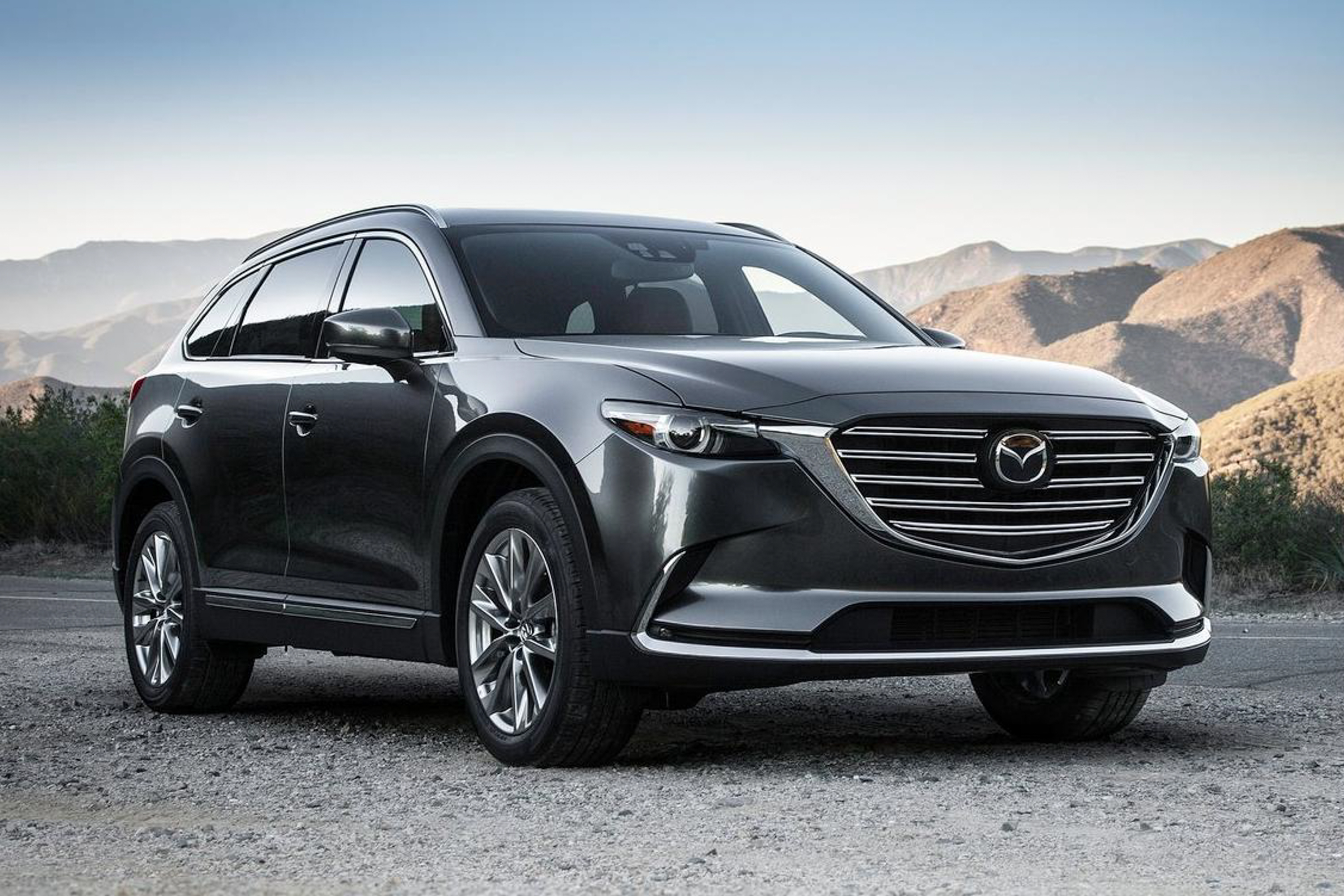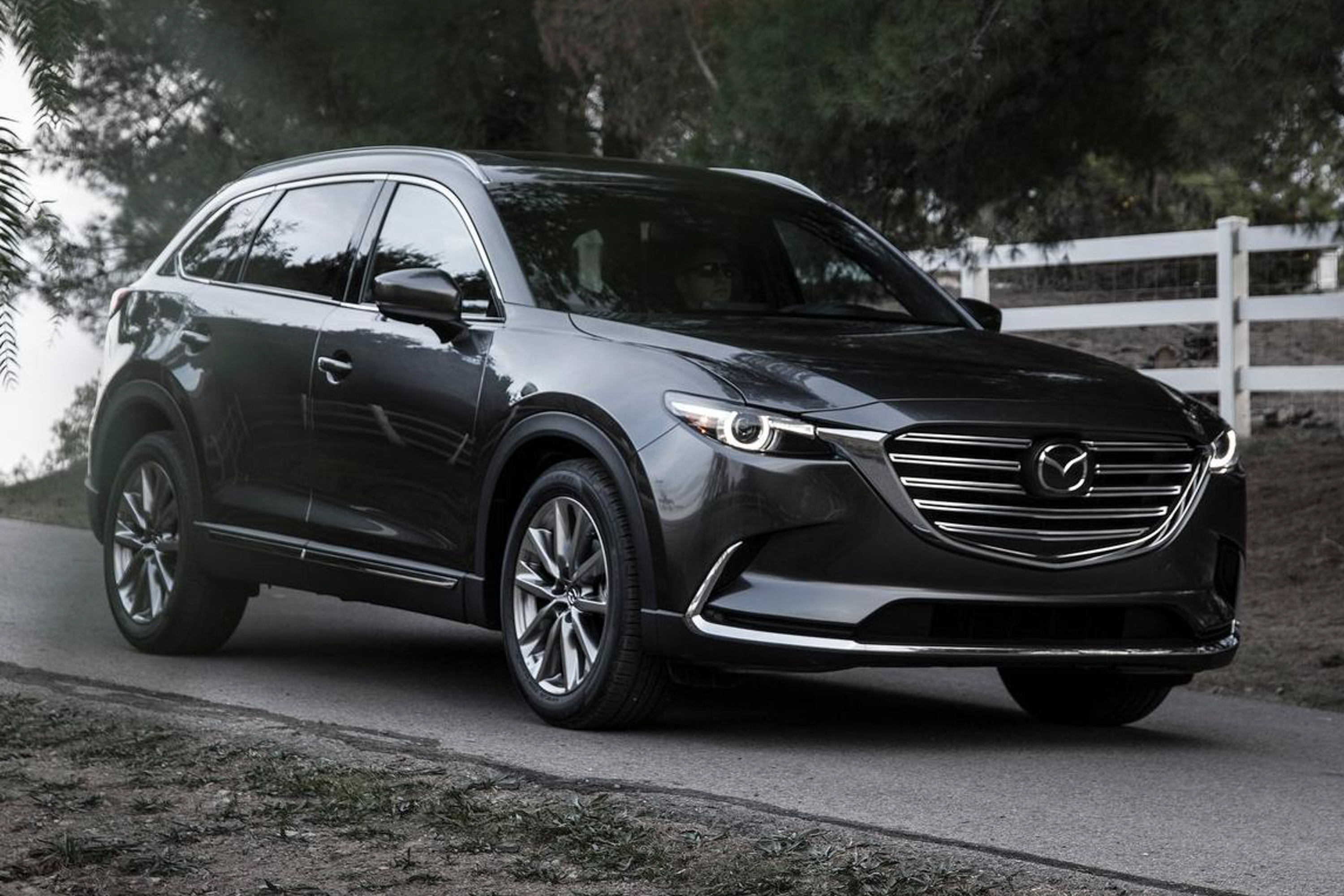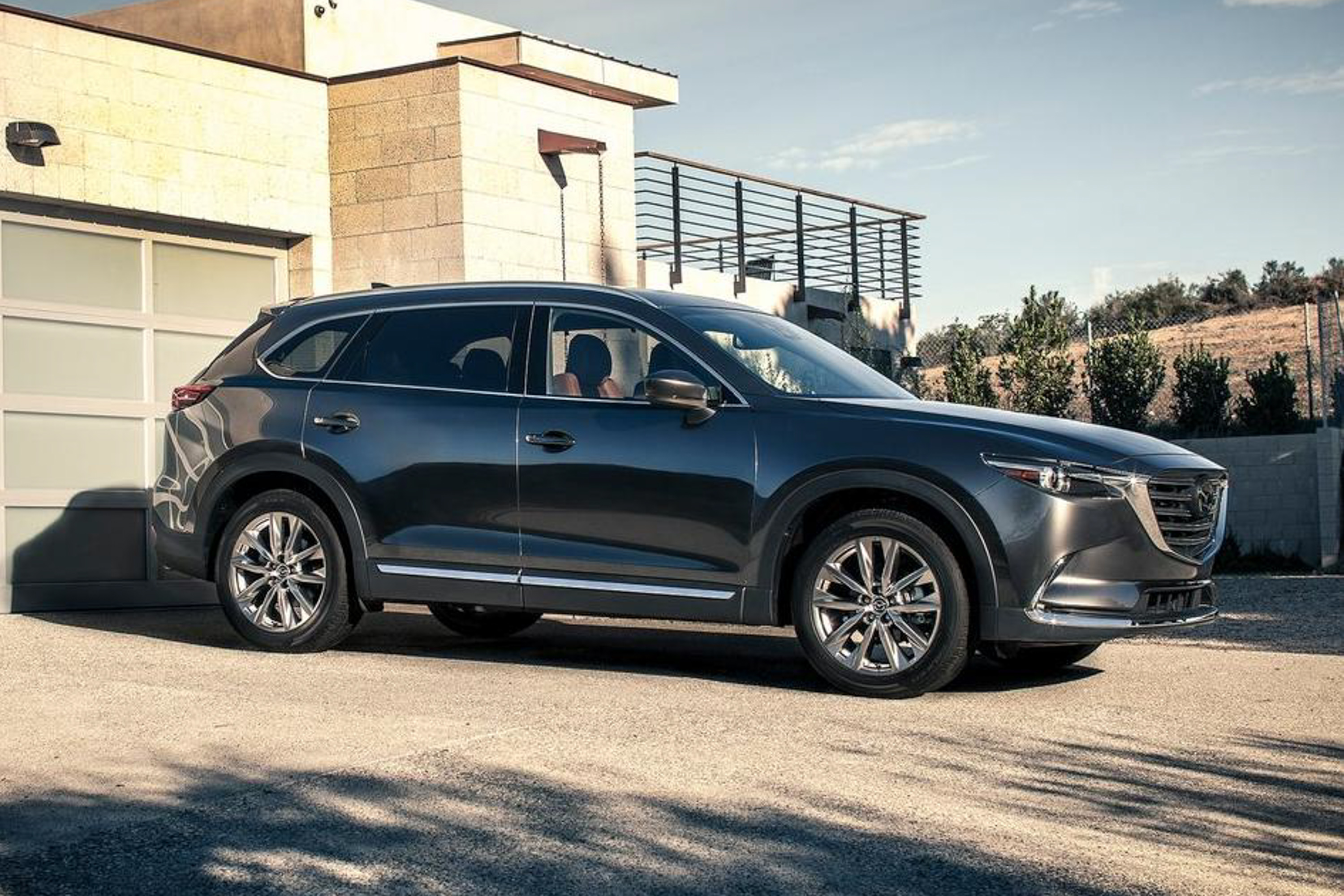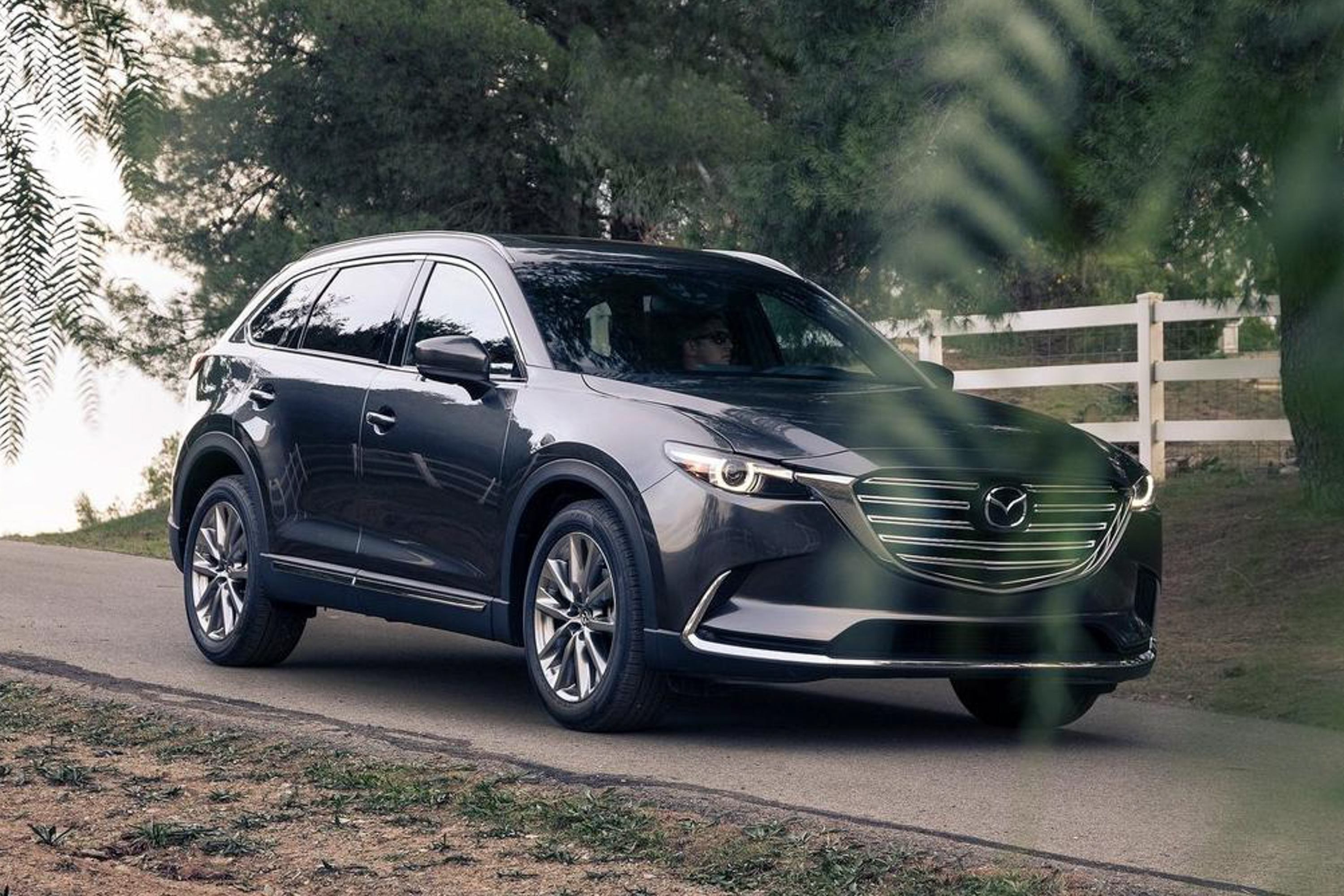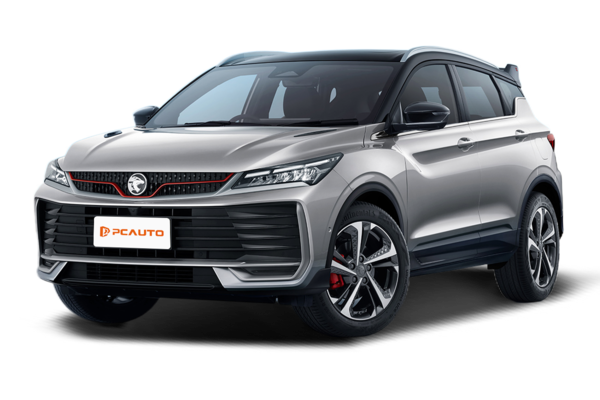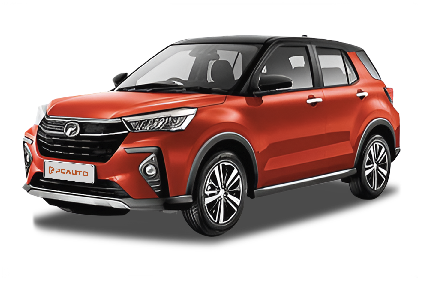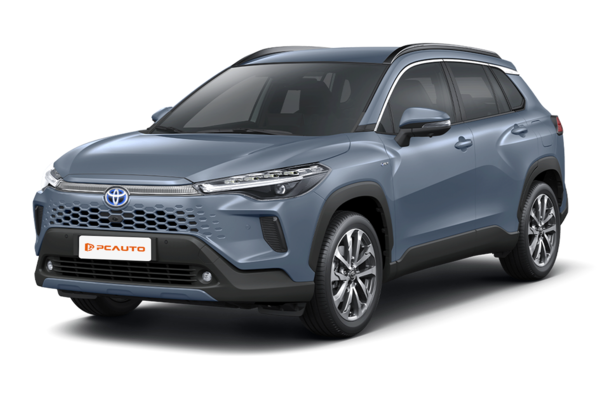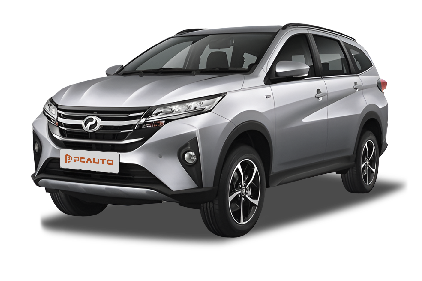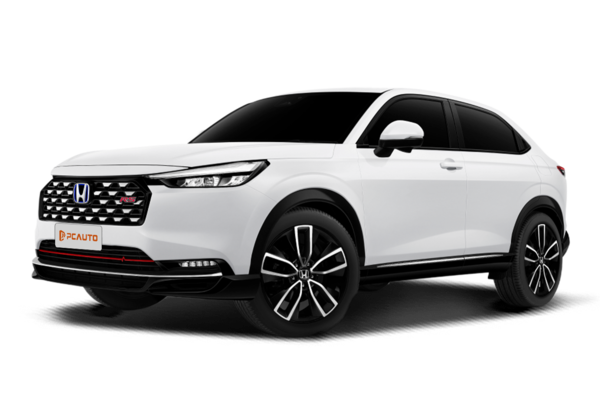Q
How many seats in Jeep Wrangler?
The Jeep Wrangler, that iconic off-road SUV, has a huge following among Malaysia's outdoor enthusiasts. Seating depends on the variant – the standard two-door typically rocks a 4-seat setup (2+2 layout), while the crowd favorite, the four-door Wrangler Unlimited, ups the ante with 5 seats (2+3). Some special editions even let you option things up for extra space flexibility, which is pretty handy.
What really stands out though is the Wrangler's rear seat design. It's built to be both practical and removable, so you can quickly reconfigure the cargo area when you're hauling gear or gearing up for an off-road adventure. That modularization magic (modular design) is a real standout in its class.
For Malaysian buyers, the four-door Unlimited makes a lot of sense for family trips. The higher ground clearance and 4x4 system laugh in the face of those muddy roads we get during the rainy season. Plus, headroom in the back is way more generous than your average SUV. If you're planning a lot of long drives, though, do yourself a favor and test out the rear seat support – off-road suspension setups can sometimes take a toll on comfort during marathon journeys.
And let's not forget the removable roof! It takes the open-air driving experience to another level, perfect for those coastal road trips when Malaysia's tropical sun is shining.
Q
How to reset the tire pressure light on Jeep Wrangler?
To reset the tire pressure warning light on your Jeep Wrangler, first make sure all tires are inflated to the pressure specified in your owner’s manual—you’ll usually find this sticker on the driver’s side door jamb or inside the fuel filler cap. Fire up the vehicle, then navigate through the gauge cluster menu to find the "Tire Pressure Monitoring System (TPMS)" option. Select "Reset" or "Calibrate," and hold the confirm button until the warning light goes off.
If you’re rolling an older model without a digital menu, try this: with the ignition off, press and hold the TPMS reset button (typically under the steering wheel or inside the glove box), then start the engine. Keep holding for 3 seconds before releasing.
Here in Malaysia, the hot weather can push tire pressure up by 10-15kPa compared to cooler temps, so it’s smart to check and adjust pressures when the tires are cold—early morning is best—to avoid false warnings. If the light still won’t quit, the sensor batteries might be dead (they usually last 5-7 years) or there could be a system issue. In that case, head to an authorized service center for a proper diagnosis.
Pro tip: Don’t just rely on TPMS—manually checking pressures regularly is more reliable. The system only alerts you when pressure drops about 25% below the target, but keeping tires properly inflated boosts fuel economy, extends tire life, and keeps you safer on the road.
Q
What size are the tires on 2014 Jeep Wrangler?
The stock tire sizes for the 2014 Jeep Wrangler vary depending on the trim and configuration. The most common size you'll find is 245/75R16, which comes fitted on the Sport and Sahara models. The Rubicon, being the more off-road-focused trim, usually steps up to the beefier 265/70R17 tires. These sizes strike a solid balance for daily driving and light off-roading here in Malaysia – they deliver decent on-road comfort while handling your average dirt trails without breaking a sweat.
For those who might be wondering, the numbers in a tire size translate to section width in millimeters, aspect ratio (that's the sidewall height as a percentage of the width), and wheel diameter in inches. Picking the right tire size is crucial for both performance and safety, so don't just wing it.
Given Malaysia's hot, humid, and often rainy climate, it's smart to regularly check your tire tread depth and pressure. This ensures you've got enough grip and proper water dispersion when the skies open up. If you're someone who hits the trails more regularly, upgrading to all-terrain (AT) or mud-terrain (MT) tires is definitely worth considering. Just keep in mind that switching sizes can throw off your speedometer accuracy and might take a slight toll on fuel economy.
Q
How to adjust headlights on Jeep Wrangler?
Adjusting the headlights on your Jeep Wrangler isn't rocket science, folks. First off, park the vehicle on a flat surface about 3 meters from a wall. Make sure the gas tank's half-full to mimic normal driving weight—you don't want a wonky adjustment because you were on fumes. Pop the hood and locate the adjustment screws behind each headlight. Typically, the vertical screw handles up/down aim, and the horizontal one does left/right. Grab a Phillips screwdriver: turn counterclockwise to raise the beam, clockwise to lower it. Same logic applies to the horizontal adjustment for left/right. Once you're done, take it for a night drive to check if the light spread looks right.
Heads up for our friends in Malaysia with right-hand-drive Wranglers: your headlight cutoff should be lower on the left side to avoid blinding oncoming traffic. That's the opposite of left-hand-drive models, so don't mix that up!
If turning screws yourself sounds like a hassle, most Jeep dealership service centers offer professional headlight alignment. This is especially smart if you've installed aftermarket headlights or lifted your suspension—those mods can really throw off the factory beam angles.
And don't sleep on regular checks! Bumpy roads can loosen those adjustment screws over time, and let's not forget: humid climates can speed up oxidation in the adjustment mechanisms. I recommend giving 'em a once-over every year, right before and after the rainy season hits.
Q
How heavy is a Jeep Wrangler?
The weight of the Jeep Wrangler varies depending on the model and configuration. Take the latest version, for instance – the two-door variant has a curb weight ranging roughly from 1,800 to 2,000 kilograms, while the four-door Unlimited trim tips the scales between approximately 1,900 and 2,200 kilos. This all hinges on factors like the engine type (think 2.0T turbo or 3.6L V6), drivetrain setup (4x4 or, less commonly, 4x2), and any added off-road hardware you might spec, such as heavy-duty suspension or a roll cage.
For Malaysian buyers, vehicle weight plays a big role in both fuel efficiency and handling. Especially in stop-start city traffic or when tackling off-road trails, that extra heft does nudge fuel consumption up a bit, but it also delivers better stability and torsional rigidity – handy for our country’s diverse road conditions. Then there’s the Wrangler’s body-on-frame construction and high-strength steel structure, which boost durability even further. That’s a major plus if you regularly encounter rough terrain or the challenging conditions that come with the rainy season.
If you’re thinking about picking one up, I’d recommend tailoring the specs to your actual needs. Heavy off-roaders might want to opt for beefier skid plates, while those using it mainly for city runs should probably prioritize the more fuel-efficient powertrain options.
Q
How to switch the mode of 2020 Jeep Wrangler to 4-wheel drive?
To switch your 2020 Jeep Wrangler into four-wheel drive mode, first make sure you're either driving at low speed (ideally below 80 km/h) or completely stopped, then follow these steps based on your 4x4 system: For models with the Command-Trac part-time 4WD system, simply twist the knob next to the gear shifter to either 4H (high-range 4WD) or 4L (low-range 4WD) – just remember to shift the transmission into neutral before engaging 4L. If you've got the Selec-Trac full-time system, you'll also get 4Auto mode, which is perfect for Malaysia's rainy season. This clever setting automatically splits torque between the front and rear axles when it detects slippery roads.
A quick heads-up: 4WD modes are meant for off-roading or low-traction surfaces only. Keeping it in 4H on regular paved roads for extended periods can overstress the drivetrain. 4L, which cranks up the torque by 2.72 times, is your go-to for climbing steep hills or getting unstuck, but keep speeds under 40 km/h when using it. For Malaysian drivers, understanding these 4WD tricks is a big deal – our frequent downpours often leave roads muddy or waterlogged, and flipping on 4WD when needed can really boost safety. But for daily highway driving, stick to 2H rear-wheel drive to save on fuel.
Q
how to open jeep wrangler fuel cap
To open the fuel tank cap on a Jeep Wrangler, first make sure the vehicle is turned off. Then, locate the fuel door on the rear right side of the vehicle. You can either press the release button on the outside of the fuel door or simply pull it open by hand. On some models, you might need to unlock the doors first before you can do this. For Malaysian owners, given the hot and humid local climate, it's a good idea to regularly check the fuel cap's seal. This helps prevent fuel evaporation or water getting in if the rubber seal starts to deteriorate. Also, since the Wrangler is a proper off-roader, its fuel tank is usually positioned higher than on a regular SUV. Before hitting the trails, double-check that the fuel cap is fully tightened to avoid any fuel leakage on bumpy terrain. If you ever have trouble opening the fuel door, try unlocking the doors with the remote first or check if there's any debris jamming it. Never force it open by prying, as you could damage the seal. A quick note on fuel: both Ron 95 and Ron 97 are available in Malaysia and work for the Wrangler, but it's best to stick to the octane rating recommended in your owner's manual. Using a lower grade than suggested over time might end up affecting your engine's performance.
Q
How to take doors off a Jeep Wrangler?
To remove the doors on a Jeep Wrangler, first make sure the vehicle is parked on level ground and turned off. Open the door and take out the bolts securing the door check strap—you'll usually find these near the hinges. Next, disconnect the door wiring harness if your Wrangler has power windows or speakers. Finally, get a buddy to help: each grab the bottom and outer edge of the door, then slowly lift straight up to pop it off the hinges.
Malaysia's hot, rainy weather can be rough, so it's smart to work in a shaded, dry spot. And don't just toss those doors anywhere—store them properly to avoid warping or rust. Let's not forget, those removable doors are a huge part of what makes a Wrangler a Wrangler. That modular design traces back to military Jeeps needing quick customization, and now it's a favorite for off-roaders wanting to personalize their ride.
If you're keeping the doors off for a while, you'll need mirror extension brackets to stay legal with Malaysia's traffic laws. Also, give the door hinges and weatherstripping a regular once-over. When you do put the doors back on, you want them tight, waterproof, and safe as can be.
Q
How fast can a Jeep Wrangler run?
The top speed of the Jeep Wrangler varies depending on the model and engine configuration. Here in Malaysia, common models like the Wrangler Rubicon, with its 3.6-liter V6 naturally aspirated engine, can hit around 180 km/h. For those craving more power, the high-performance Wrangler 392, packing a 6.4-liter V8, pushes that up to roughly 240 km/h. Of course, real-world speeds might be affected by local road conditions, tire specs, or electronic speed limiters.
Let’s be real though—the Wrangler’s bread and butter is being a tough off-roader, not a race car. It’s all about low-end torque and tackling rough terrain. That body-on-frame construction and generous ground clearance do mean more wind noise at highway speeds, but when you’re navigating Malaysia’s rainforests or muddy trails, the part-time 4WD system and differential locks come into their own.
If you’re after a better on-road experience, pay attention to its electronic stability system and how the adaptive suspension is tuned. And hey, with Malaysia’s tropical climate, it’s smart to regularly check your tire pressure and suspension components to keep things running smoothly and ensure your Wrangler stays durable out there.
Q
What type of vehicle is a Jeep Wrangler?
The Jeep Wrangler is a classic rugged off-roader, famous for its beastly 4x4 capabilities and iconic boxy design. It's the go-to off-road SUV, perfectly suited for Malaysia's diverse landscapes – think rainforests, sandy beaches, or hilly terrain. Built with a body-on-frame construction, it comes with removable doors and roof for that open-air driving thrill. Throw in generous ground clearance, a tough suspension setup, and advanced 4WD tech like Selec-Trac and Rock-Trac, and this thing laughs in the face of gnarly road conditions.
In Malaysia, the Wrangler has a huge following among outdoor enthusiasts and off-road junkies. And let's not forget its massive modification potential – you'll often see them kitted out with snorkels, beefy off-road tires, and all sorts of accessories. Sure, there are rivals like the Toyota Land Cruiser or Land Rover Defender, but the Wrangler leans hard into that pure, mechanical off-road joy rather than just focusing on luxury frills.
One thing to note though – these beasts aren't exactly fuel sippers. They're best suited for folks who *actually* need that off-road capability. If your daily grind is mostly city streets, you might want to check out a more fuel-efficient urban SUV instead.
